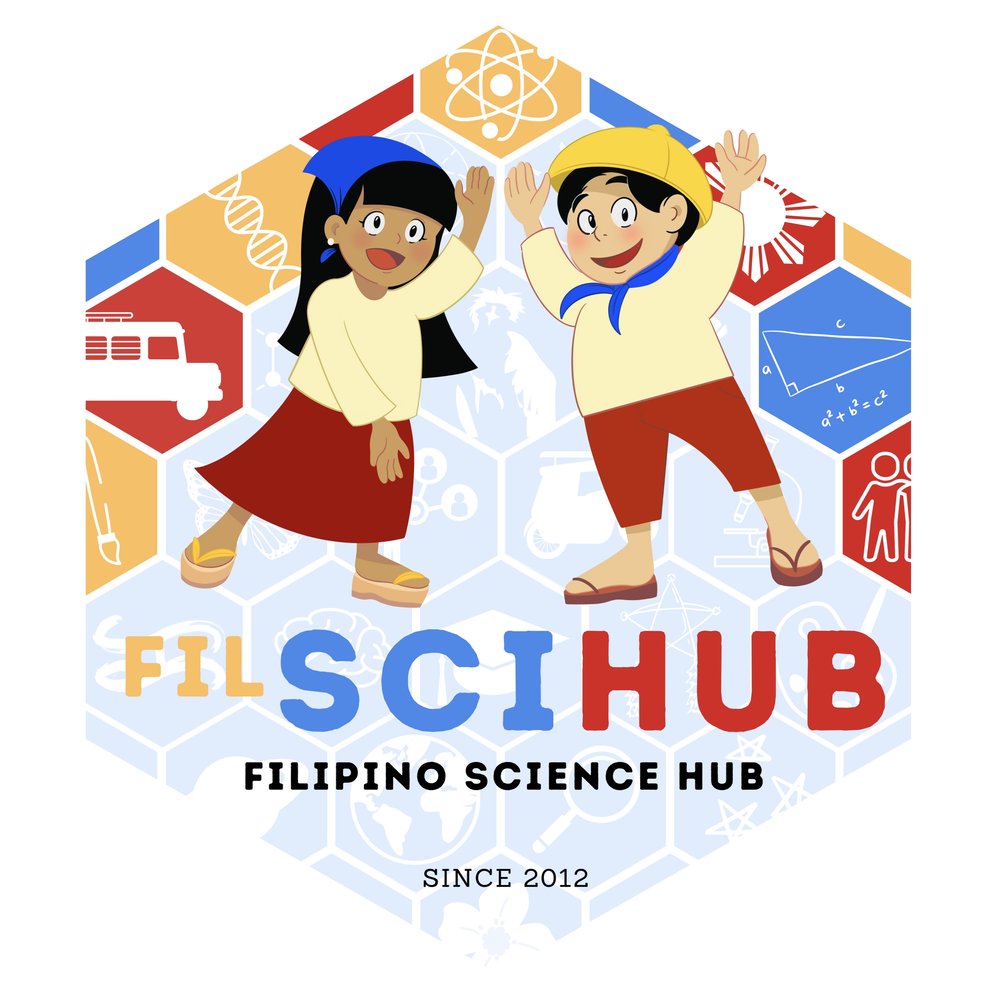An essay by Teacher Francisco T. Alcala Jr., University Science High School - Central Luzon State University
Isaac Newton proposed the laws of motion and it is one of the most fundamental law anyone who dedicates his life to science and technology should know but Isko took them to the next level by relating them to his real life.
First Law of Motion: anything at rest will stay at rest unless acted upon an external force. Just like how Isko spent his High School days, sitting quietly all day in one of the corners of the classroom. Not even putting efforts to be on the top of the class, but just the right amount of work to pass the subjects he won’t even find interesting. Not moving. Until their science teachers took his attention, and started to move him. He became fascinated to the wonders of science. And just like how a body won’t move, a body will not stop moving, unless another external force acted on it. He checks not just the corners of their classroom, but looks deeper now on the sides of this wonderful world. He spent the four years of his life, loving science and keeping himself curious of many things. His science Senseis are like lightbulbs to his premature body, in the classroom he prefers to an incubator. On the four years that he was taken into the warmth and light of his mentors, he felt complete and ready to be an independent college student. Until graduation came, and another external force acted on his life, and stopped him from his smooth sailing life blown by science.
Isko, took different jobs to not allow himself to get stuck on the sad world he then belonged to. He became a merchandiser, a tutor, a service crew and factory worker. He instilled on his mind that he will stay that way forever. No turning back…college will be set aside for his future life.
Luckily, another external force pushed him, he waited for that for two whole year, and with tears of happiness he thanked his sister without her knowing. The light that once he saw on his teachers, were relived on his sister. He again felt the warmth he missed so much. His life continued with another force to move him again.
Second Law of Motion: the acceleration of an object is equal to the force that acted upon the object over its mass. That strong force his sister gave Isko to made him pursue his undergraduate course in the same field that he loved when he is in high school and even under the dilemma of what branch of science to choose didn’t stopped him. He decided to took Bachelor of Science in Secondary Education major in Physical Science, where his bias on chemistry and physics will be retained. He accelerated through every subjects he needs to take, and along the way built his principles in teaching. Until he finally finished his degree, and venture through the world of the noblest profession.
Third Law of Motion: any action has an equal and opposite reaction. Isko didn’t even wait until he got his diploma on the stage and excitedly applied to different schools, and successfully entered the workforce. He was overwhelmed not by the idea of getting his first salary and first job- he had them before, but to the lessons he wanted to teach his students. But the force of enthusiasm and joy he had as well as idealisms he gained throughout his college journey, is now tackled by the reality of the real classroom and student setting. He had no idea his student teaching experience will not be enough artillery to win the fight. His expectations of are shattered. As if the force his sister gave him last time has now lost its effects, and the friction applied by the real world became greater.
His students are not showing the characteristics he expects them to have. His approaches in teaching are ineffective. Their attention span is shorter than what he thought of. His voice has volume but seemed to have no authority. It’s his real struggle to make every lesson interesting to his student, because he knew that not everyone are that into science. Often his students will give him the uninterested looks once stating the day’s lesson, Stoichiometry, Chemical reaction, Kinematics, Diastrophism, etc. etc. Some are even bored by the activities after discussion. These made him sad. Until he saw Juan, Pedro and
To minimize the damage, his fragile mind and heart gets, he accepts that his ways and principles in teachings gathered from the school is not enough. Isko looked for what to improve in his strategies, studied more motivational activities and collaborative tasks. Revised his chalk-talk to more learner centered approach. Learned that collaboration and teamplay, as well as hands-on activities will be more effective for the learners, so he adjusted. He realized that he is still inside the incubator, but one thing has changed, he should now be the light source. He should be the one who gives warmth to his students. And step by step, though self-proclaimed as it may, he sees himself improving.
Lastly, as Isko applies the process of plan-teach-reflect, to every lessons, every concept, activities and assessments he is moving towards improvement of his whole teaching experience. Now, though science is still one of his class’ most hated subject, he knew, that one or maybe two or three in his class, are being enlightened to the wonders of science. Though the light and warmth he has can’t reach everyone in the incubator, he knew that there is someone who he can.
This is the story on how Isko who started a a student that won’t move until inspired by others, to being a STEM educator which acts to give his students the push they need to move towards their goals.



















